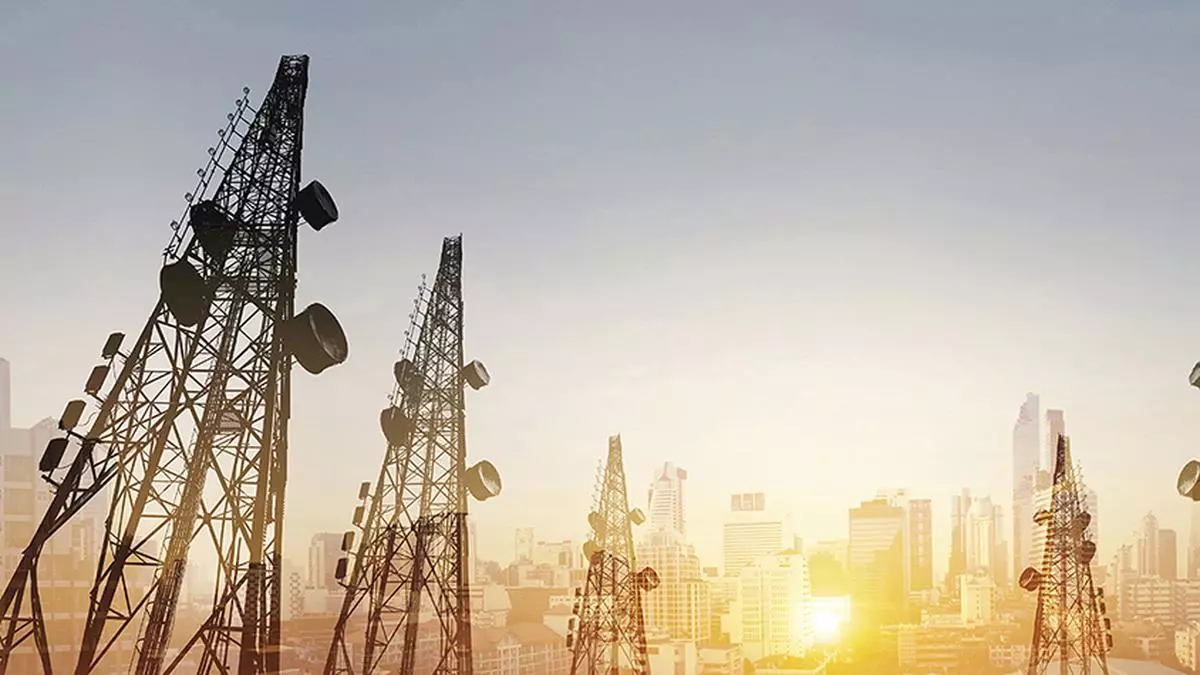Can High Density Interconnect Be Recycled?
High Density Interconnect Be Recycled
The global high density interconnect (HDI) PCB market continues to grow as consumers and industries demand compact, powerful electronics. This advanced technology allows more components to be fitted into a smaller footprint, boosting performance and efficiency. It also reduces manufacturing costs and speeds up assembly, especially when used with 3D stacking or interposers.
However, there are some challenges to the adoption of high density interconnect technology, including design rules, fabrication complexity, and performance considerations. Careful planning is required to avoid these issues and gain maximum benefit from its density capabilities. As transistors get smaller and have faster rise-times, there is a need for more leads per unit area. This drives the need for denser interconnects, such as narrower trace and gap dimensions and small buried vias. This pushes conventional construction to its limits, and HDI constructions can offer a boost in lead density.
Unlike traditional copper, which is toxic, HDI is an eco-friendly material. It is reusable and can be recycled without degradation. The key to recyclability lies in the way that it is produced, which is accomplished by a chemical solvent process that transforms a cutting-edge class of sustainable polymers into a jelly-like substance, allowing solid parts to be plucked from the material without damaging it. The material can then be reused to make new PCBs, performing just as well as traditional materials.

Can High Density Interconnect Be Recycled?
The metallization process used to produce the metal layers in an HDI PCB involves a combination of etching and photolithography. During the etching phase, a photomask is used as a template to direct the path of the metal traces. The etching needs to be precise, as even the slightest deviation from the photomask will result in a lack of connectivity and serious board failure. In order to achieve the highest level of precision, advanced photolithography machinery and etching processes such as reactive ion etch are used.
Another important aspect of producing HDI boards is the specialized dielectric materials. They need to be able to handle high electrical conductivity and low dielectric loss. These materials are based on carbon nanomaterials, coated materials, liquid metals, and conductive polymer composites. In addition, they must be flexible and stretchable to withstand high tensile strain, and must have a low change in resistance at increased voltages.
In summary, high-density interconnect is the present and future of PCB manufacturing, enabling us to create powerful, efficient devices that are compact and eco-friendly. As consumer and industry demand for more power and compact electronics continues to grow, the importance of HDI technology will continue to rise, driving innovation across multiple industries. In fact, Hemeixin offers a wide range of high-quality, HDI PCBs to help designers meet the demands for next-generation electronics.



Leave a Comment